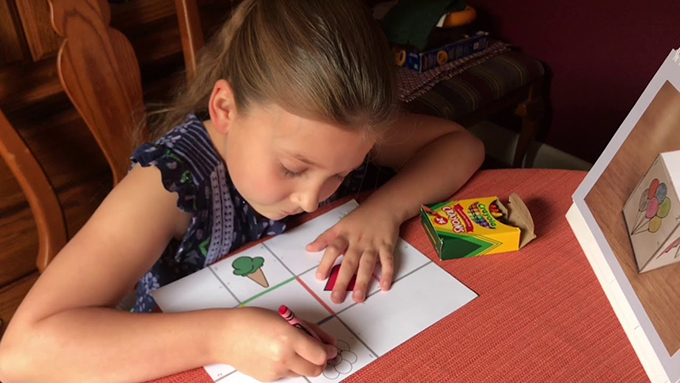
Children develop fine and gross motor skills throughout their growth cycle. These skills are essential for performing tasks in their daily lives, such as brushing teeth, eating, jumping, and coordinating movement of all types.
If they can’t develop the motor skills they need to perform normal daily tasks, they may need additional therapeutic or educational intervention. Early diagnosis of any lacking motor skills is critical to the identification and treatment of behavior disorders.
The Goal-Oriented Assessment of Lifeskills (GOAL) uses activities to understand these motor skills and behaviors in order to identify areas of improvement and opportunity. The GOAL assesses children ages 7 to 17.
The seven GOAL activities can be used to measure motor function and behavior in a variety of goal-oriented ways. The assessment is interesting and engaging for participants who may otherwise have difficulty in other testing situations.
Behavior
The development of motor skills is critical to a child’s learning ability and behavior. Intellectual abilities are tied to both behavior and the development of the motor skills needed on a daily basis. Studies have shown that children who lack motor skills may also struggle with behavior disorders.
By using the GOAL to identify areas of improvement when it comes to both fine and gross motor skills, it is possible to establish a basis for needed educational arrangements that may be used to help improve behavior and learning ability.
Activities
The GOAL activities are designed to effectively measure an individual’s motor skills and behavior. They can help identify areas in which behavior and response is defined by a difficulty in sensory and motor skills. The activities replicate common, everyday tasks such as using silverware, cutting and folding paper, and bouncing and catching a ball.
The scores in the GOAL assessment are based on small units that enable an administrator to easily observe functional behavior within these activities. The Record Form makes it simple to record a pass or fail for each step.
Scoring
The steps are then summed to find the Fine Motor Standard Score and the Gross Motor Standard Score with a total Progress Score based on the Rasch model.
With these Standard Scores, performance and behavior can be compared to typically developing peers of the same age and gender. The Progress Score provides a single index of overall ability to perform functional tasks.
Behavior can be monitored for improvement during and after occupational therapy intervention using the Progress Score. Test-retest reliability allows for continuous study and improvement.
A Progress Chart shows a visual representation of a child’s overall ability within the context of each of the 54 Steps. It helps to call out areas of behavioral competence as well as opportunities for behavioral improvement.
Intervention Targets are tied to each Step, allowing the examiner to record and link performance on the GOAL to OT intervention objectives. Progress can be monitored for continuous improvement.
The Goal-Oriented Assessment of Lifeskills (GOAL) allows for fun and interactive assessment of children who would not normally perform well in other testing situations. It produces reliable results that can be used for both diagnosis and suggested treatment of behavior and motor function.
The GOAL is published by WPS, where you can learn more about the GOAL and other psychological and educational assessments.
